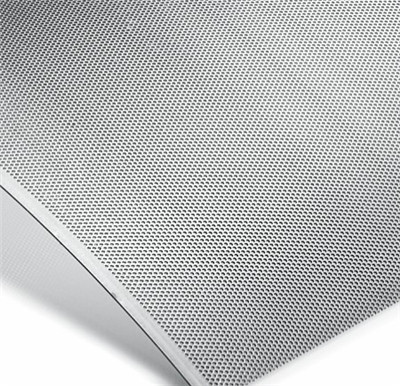1. Material type
Remember the least expensive material may not be the lowest cost; a higher strength alloy may allow reducing thickness.
2. Material thickness
Thinner materials perforate easier and faster.
3. Hole shape and pattern
Round holes are the most economical, 60” staggered round hole pattern strongest and most versatile.
4. Hole size
Do not go below 1-to-1 ratio with sheet thickness. Stay at 2-to-1 or larger if possible.
5. Bar size
Do not go thinner than 1 -to-1 ratio with sheet thickness.
6. Center distance
It controls feed rate and thereby the production rate. if possible, choose a pattern with longer
center distance.
7. Open areas
Extreme open area proportions tend to increase distortion; if possible, stay under 70%.
8. Margins
Keep side margins to a minimum to reduce distortion. Use standard Unfinished End Margins if you can.
9. Blank areas
Consider the die pattern when locating them.
10. Stick to standards
specify standard hole patterns, materials dimensions and tolerances whenever possible.
